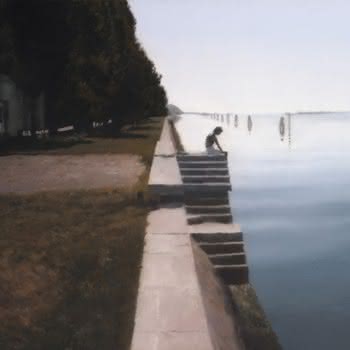In the vast realm of art, the landscape is never merely a collection of trees, hills, or open skies. It is a refuge, an enigma, a silent companion that welcomes and reflects the depths of the human spirit. When an artist gazes upon a lush expanse or an endless sea, they do not see only a physical horizon; they perceive the interlacing of their own emotions, the echo of memories, a visual allegory of the most intimate inner nuances. Through this dialogue with nature, painters, sculptors, and installation artists create emotive landscapes—visions that interpret a state of mind rather than simply describe a place.
The Romantic Nature of Friedrich: Silences and Infinity
Caspar David Friedrich, a master of Romanticism, gifted us landscapes that are far more than mere views. In works such as Wanderer above the Sea of Fog, the misty horizon that embraces a solitary figure becomes a reflection of a spirit in search of answers. Here, nature is a projection of an inner infinity—a canvas upon which the artist paints his own melancholy and wonder. Through that mysterious horizon, Friedrich invites us to contemplate spirituality and the vulnerability of humanity in the face of life’s vastness. The horizon transforms into a kind of spiritual precipice, reminding us that to gaze at the landscape is to confront ourselves—a sometimes daunting act of courage.
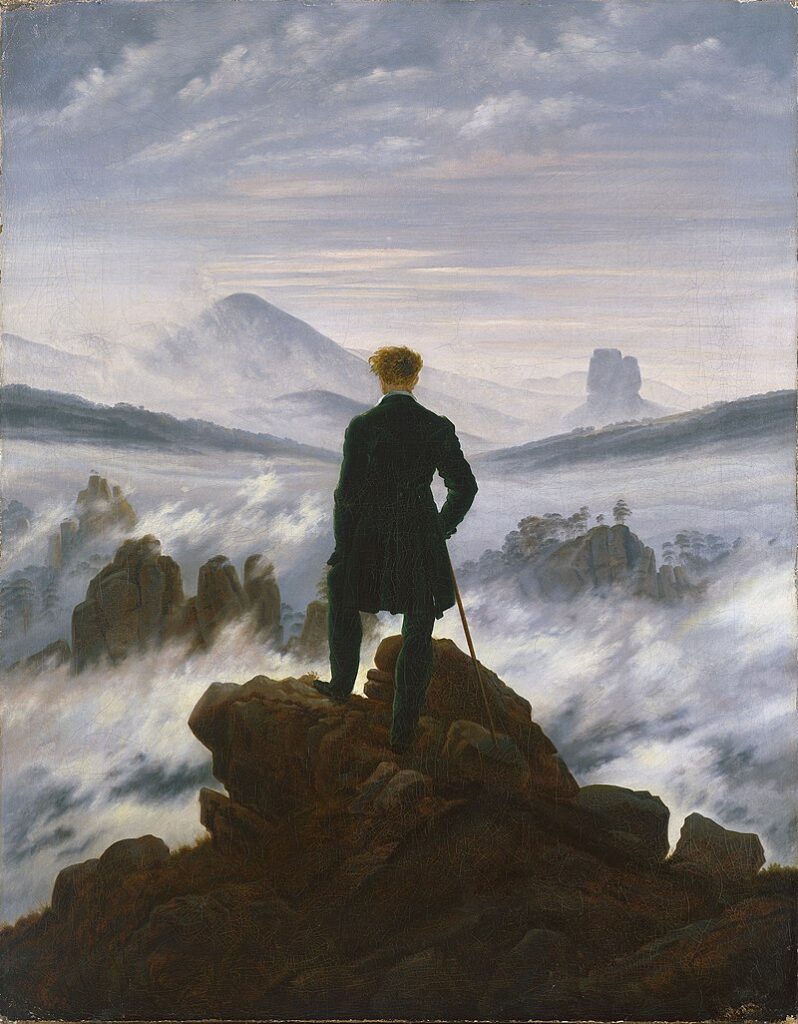
Caspar_David_Friedrich_-_Wanderer Above The Sea Fog
The Whirlwind of Emotions of Van Gogh
When discussing emotive landscapes, one cannot help but think of Vincent van Gogh, whose work is a whirlwind of emotions. In his cypresses, starry skies, and wheat fields, there pulses an energy—a resonant echo of his fragility and emotional intensity. In Starry Night, the sky seems alive, almost bubbling beneath the vigorous brushstrokes. Here, nature is not merely depicted; it mirrors the inner turmoil of the artist—a celebration and despair intertwined in a dance of color and form.
Monet and the Impression of the Moment
With Claude Monet, the landscape takes on an almost meditative quality. The founder of Impressionism uses nature not to capture its material essence but to seize the fleeting impression of a moment. In his series of Water Lilies and Rouen Cathedral, every shift in light becomes a testament to the transience and beauty of existence. Monet paints impermanence—a moment that transforms before our eyes and invites us to reflect on the nature of time and the mystery of the instant.
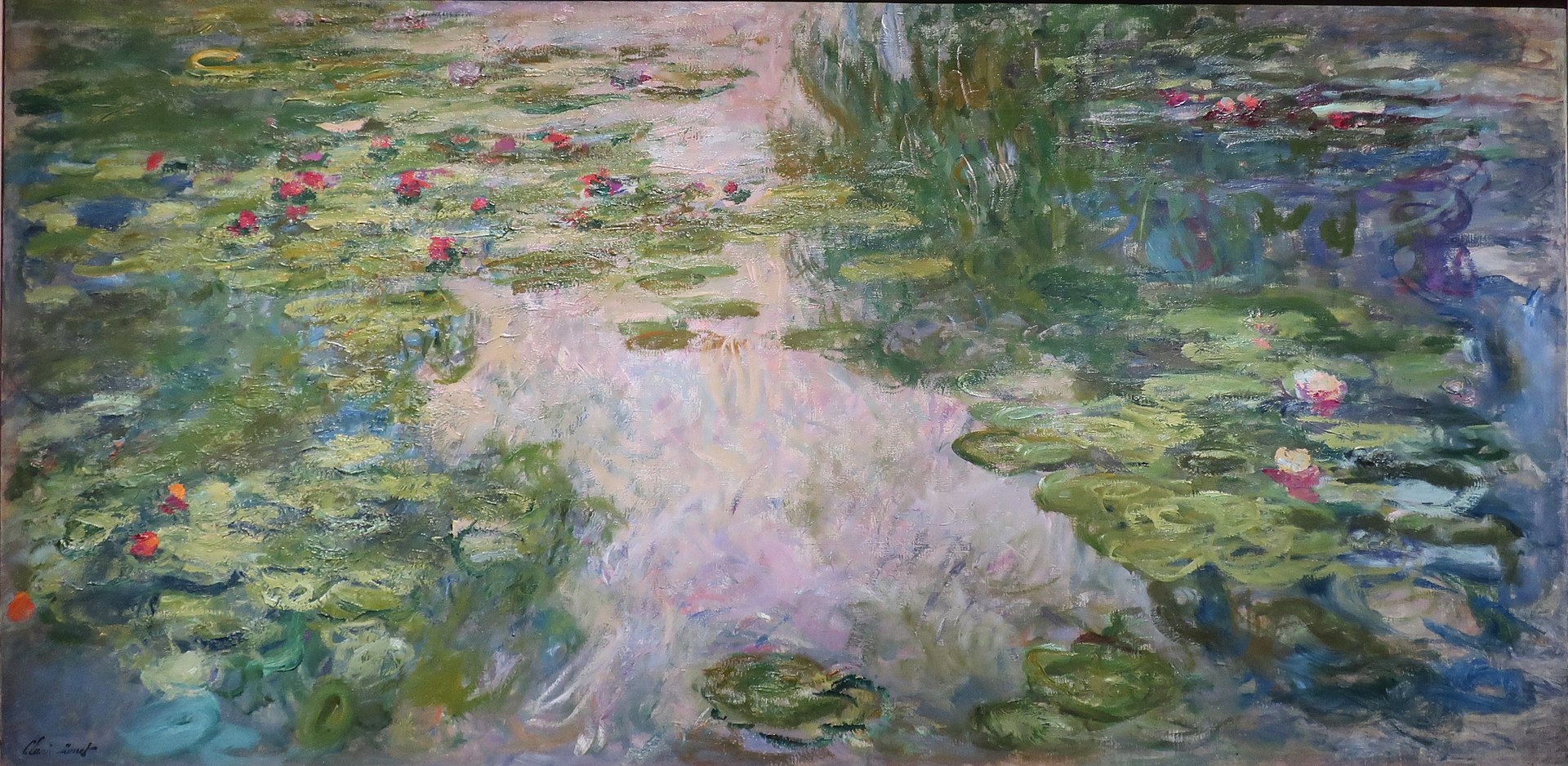
Claude_Monet, Water Lilies 1917-1919
Edvard Munch: Between Pain and Alienation
Edvard Munch elevates the landscape to an unprecedented level of psychological engagement. His distorted lines and vivid colors evoke a nature steeped in pain and anguish. In works such as The Scream, nature ceases to be a mere backdrop and instead merges with the urgency and despair of the central figure, intensifying the feeling of existential isolation. Munch demonstrates how the landscape can embody an emotional experience, becoming an extension of the human condition.
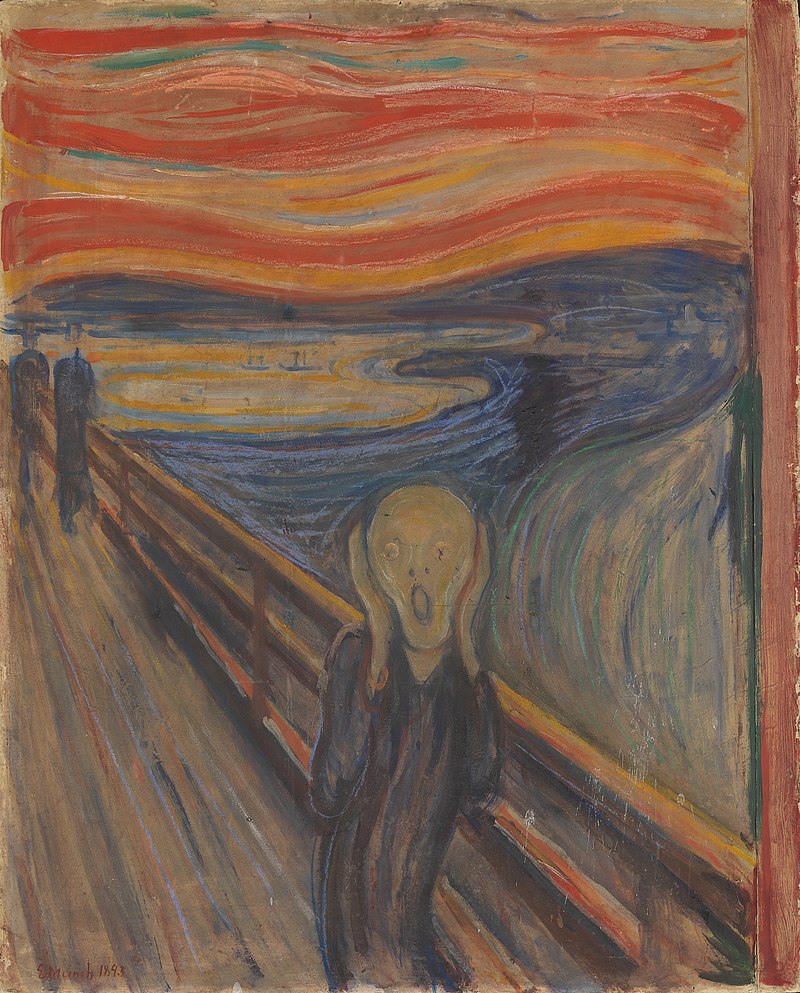
Edvard_Munch, The Scream , 1893_National_Gallery_of_Norway
The Abstract and Melancholic Landscapes of Gerhard Richter
In contemporary art, Gerhard Richter offers landscapes that appear blurred, suspended between dream and memory. Looking at his canvases, one senses that nature resembles a memory slowly fading away—a subtle sadness, a feeling of something slipping through our fingers, much like a faded photograph. Richter’s landscapes seem to exist midway between dream and reality, ethereal projections that evoke lost places and bygone times—a kind of non-place where reality fragments and the boundary between memory and the present dissolves.
Anselm Kiefer: Destruction and Rebirth in Collective Memory
Anselm Kiefer employs raw materials and devastated landscapes to reflect the drama of history. In works such as Morgenthau Plan, he stages a wounded nature—a landscape that speaks of memory and trauma, laden with symbols of war and renewal. In Kiefer’s vision, the landscape becomes an open wound that, like a scar, stands as a testament to shared suffering and a history from which we may learn.
Olafur Eliasson and the Sensory Immersion
Olafur Eliasson moves beyond traditional painting to bring the landscape into the realm of direct experience. With installations such as The Weather Project at London’s Tate Modern, the Danish–Icelandic artist employs light, water, and mist to create immersive environments. Eliasson manipulates natural elements to evoke an emotional and sensory response, urging the viewer to explore their relationship with nature through bodily and sensory experiences. It is a nature that breathes and pulses, inviting us to ponder what it truly means to “be” in a place.
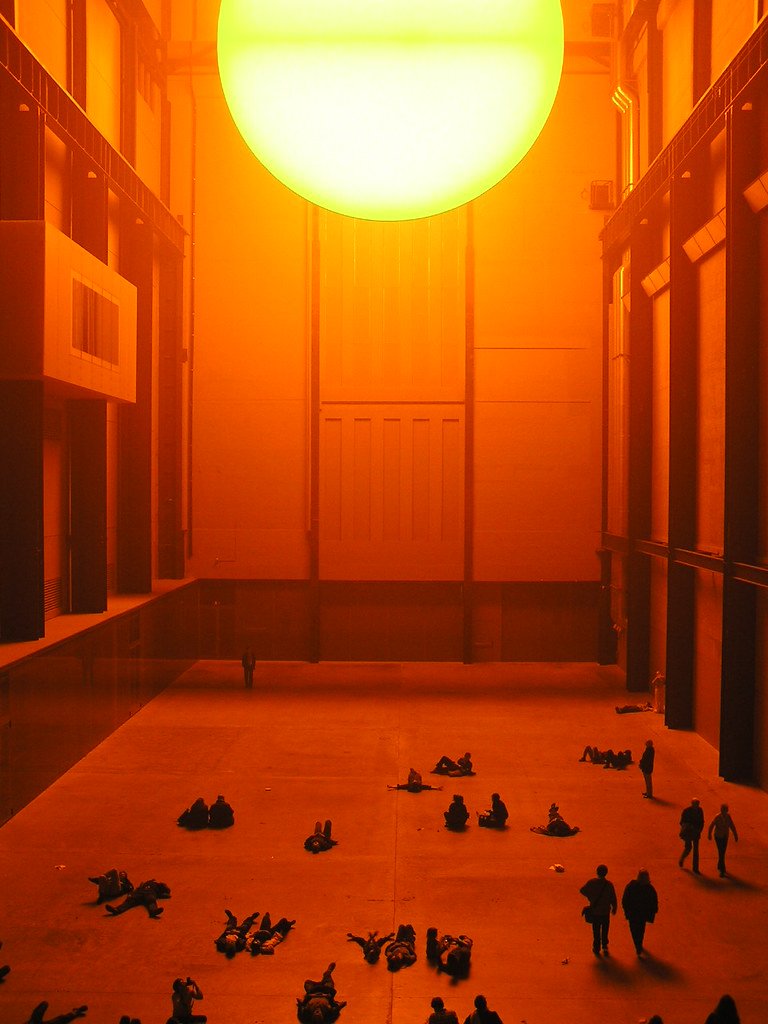
Maya Lin: Landscapes as Places of Memory
Maya Lin’s approach to the landscape is both intimate and reflective. In the Vietnam Veterans Memorial, the landscape becomes a space for contemplation and remembrance. With her installation Wavefield, Lin transforms the ground into gentle undulations that invite meditation. Her landscapes are not merely physical—they are psychological and emotional realms designed to envelop the visitor in a sense of calm and profound connection.
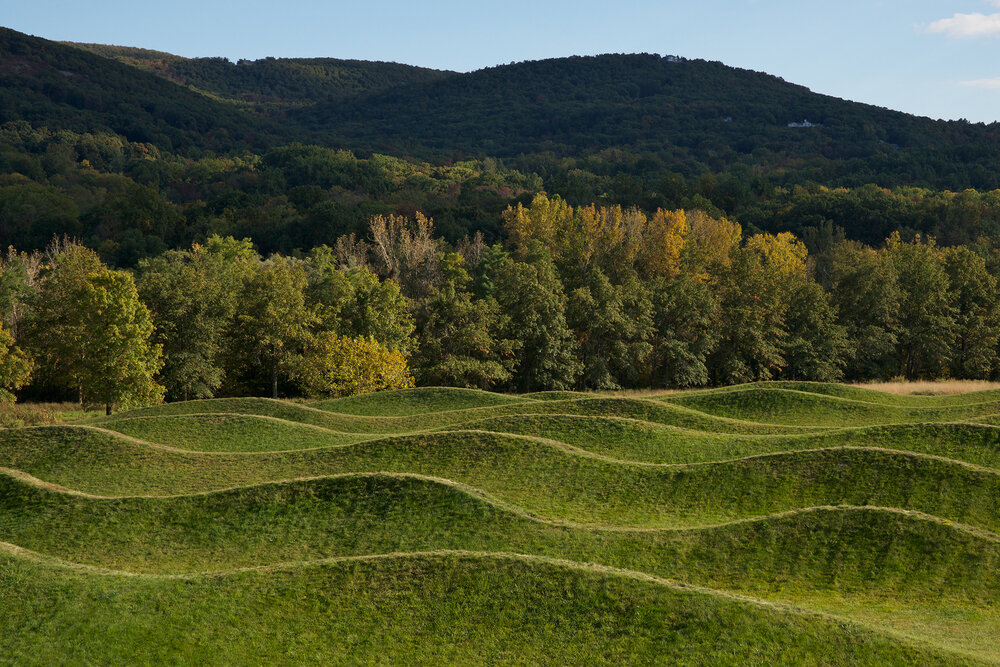
The Landscapes of the Soul by Alessandro Casale
Alessandro Casale stands among those artists who skillfully capture the hidden depths of nature, transforming the landscape into a tangible representation of the human soul.
“A ‘landscape of the soul’ that endures the poetic distortions of memory, drawing nourishment from its inner lines while shedding conventional visual references; expanses that serve as extensions of vast, remote lands open to total interiorization—not only for the artist but also for the most sensitive observer.
With his canvases, Casale renews the pages of an intimate diary, where color and sentiment become the strokes of an intense poetic script—pages filled with deafening silences that nevertheless resonate in the interplay of chromatic musicality.”
(2010, Marco Palamidessi)
His art transforms the landscape into a silent dialogue, where nature is not just a backdrop but a central actor that accompanies us on a journey deep within our soul.
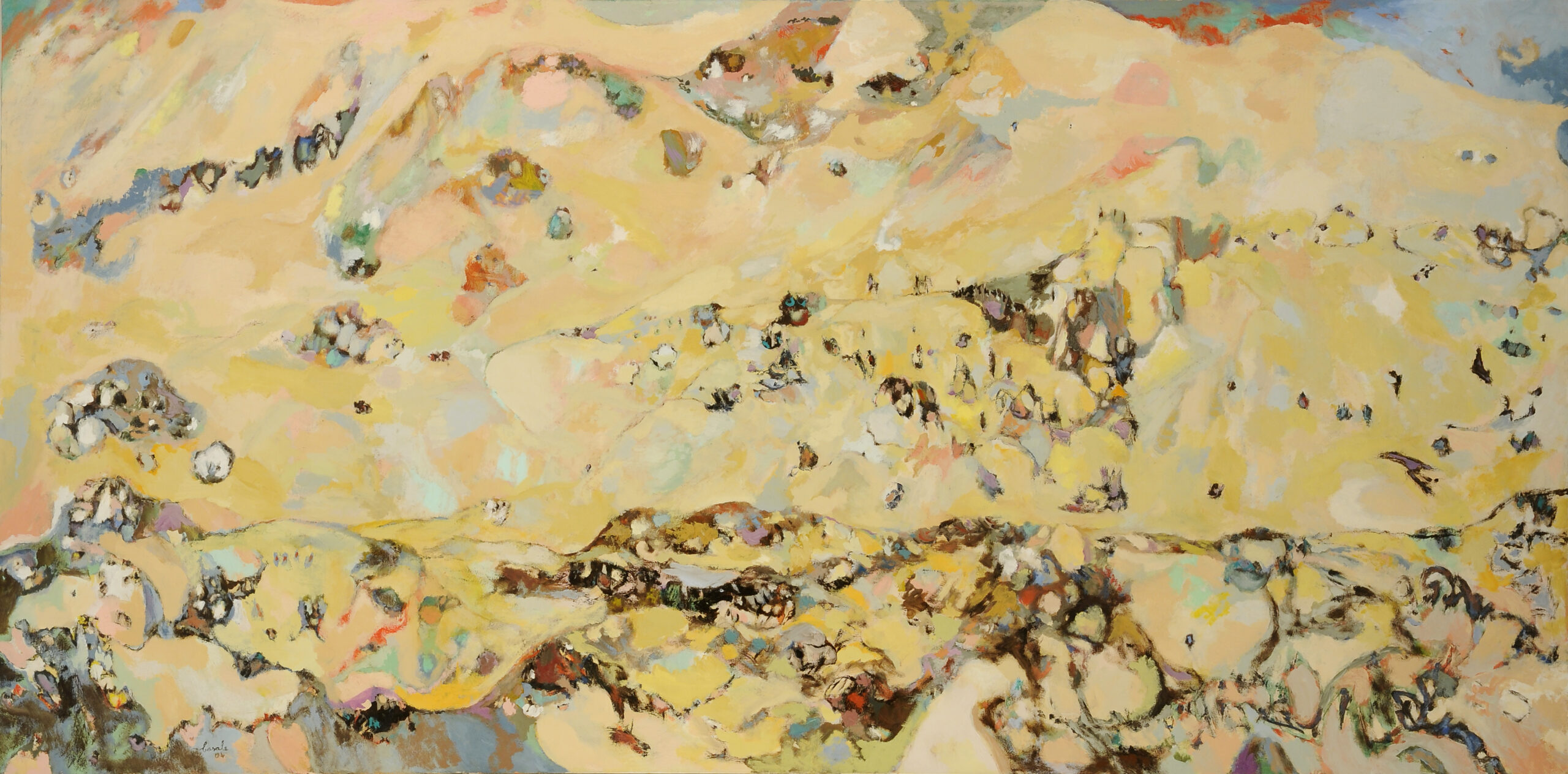
Nature as a Reflection of Humanity
The emotive landscape is not merely a visual representation of nature; it is a metaphor that transforms the external world into a reflection of our dreams, fears, and desires. From Friedrich to Maya Lin, nature becomes a lens through which we observe the human soul—an invitation to explore not only the world around us but also the inner world that resides within. In an age where contact with nature grows ever more rarefied, these works remind us that the earth, the sky, and the sea are not just elements of a landscape but profound mirrors of our inner being—symbols of an ancient, inseverable bond between humanity and its natural origins.
Essential Bibliography
Ernst H. Gombrich, The Story of Art, Phaidon, 2008


